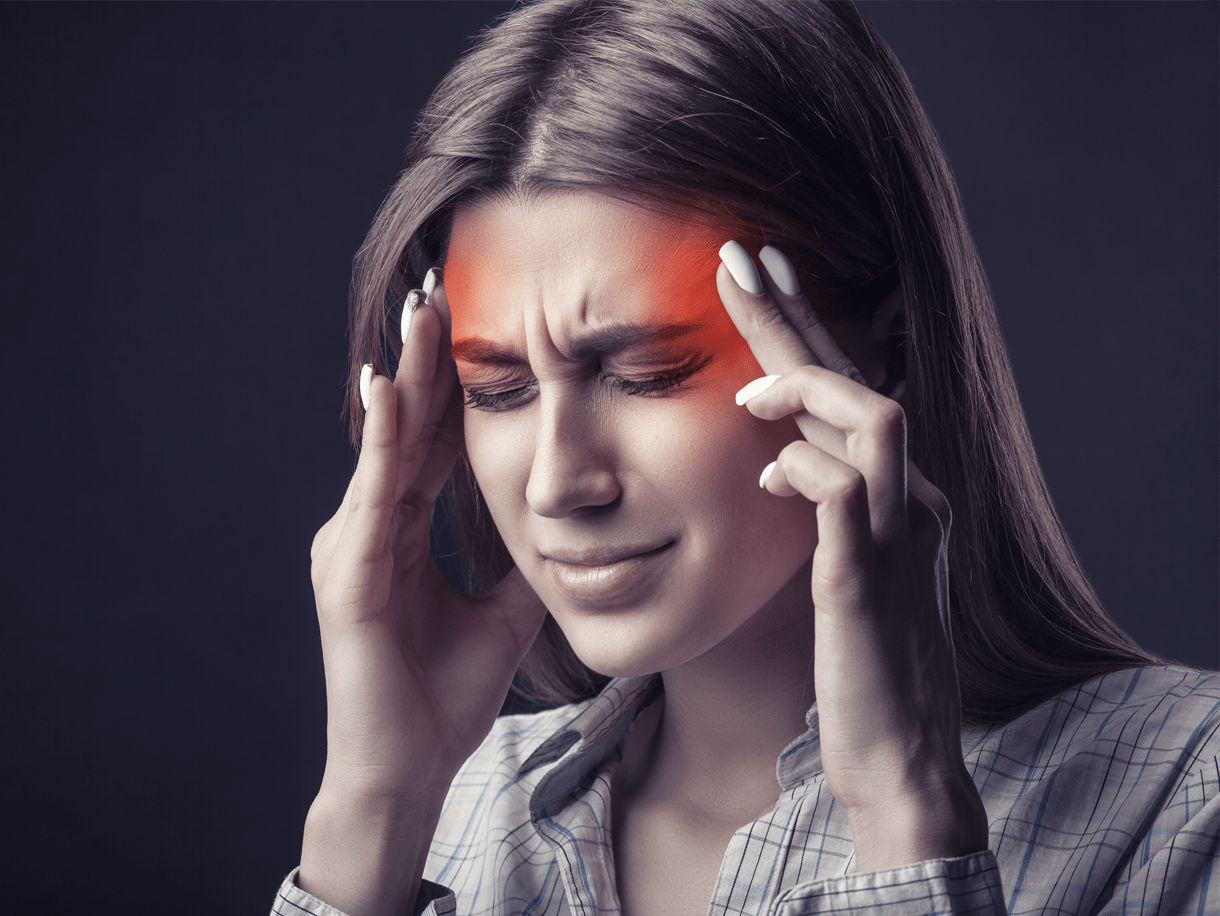We know that all types headaches together affect a very significant percentage of the population but, strangely, it is difficult to get statistics covering all types. The most easily obtained statistics cover migraines: probably because they are the largest group of severely debilitating headaches.
Cost of headaches
Apart from the awful human costs inflicted on migraine sufferers Lancaster University reports that migraines alone cost the UK economy £8.8 billion per year in lost productivity and £1 billion in healthcare costs. Estimates are that the equivalent of 86 million workdays lost. Even this may be the tip of an iceberg because Dr Shekhar Saxena (the World Health Organisation’s director of mental health and substance abuse disorders) believes that headaches and migraine disorders are both underrated and underreported.
Why we need to know about headaches
Underrating headaches and not understanding the nature and cause of headaches is potentially dangerous or even fatal. While the vast majority of headaches are benign a friend’s wife’s awareness of the associated signs of a headache that awoke him at 3 a.m. one morning probably stopped him from becoming a bacterial meningitis fatality statistic. In the rest of this article I will go on to discuss the various type of headaches but I also recommend that everyone occasionally read some of the excellent guidance the NHS puts out such as that on https://www.nhsinform.scot/illnesses-and-conditions/brain-nerves-and-spinal-cord/headaches .
Red Flags
Before discussing the types of headache it is vital to point out “red flags” which are signs and symptoms which may indicate that the headache is actually secondary to a serious illness and so needs very urgent medical attention. My friend’s signs were rubbing his stiff neck, slurred speech and a drunken gait.
Immediate medical attention is required any of the following red flags apply:
- Recent physical trauma
- Paralysis in any part of the body
- Loss or impairment of sight
- Confusion
- Vomiting (not hangover related)
- You have never had a headache before
- It is worse than any you have ever had before
- Rash (remember to look under the arms)
- Slurred speech
- Temperature over 38 degrees C
- A stiff neck
- A drunken looking walk/gait
- Numbness or tingling
- Nosebleeds
- Chest pain
- Shortness of breath.
Even if you have suffered from similar headaches before you must seek medical care if they are increasing in frequency or severity and interfering with everyday life.
Common types of headache – not secondary to a more serious illness
I will now discuss three of the most common types headaches that don’t generally need immediate or emergency care, but it is better to always err on the side of caution as some very serious headaches can mimic less serious ones, especially in the early stages.
If in doubt dial 111 or look up NHS guidance online.
Good visuals of a more complete list of types of headache can be found by putting “Healthline Types of Headaches” in the search bar of your internet browser.
Tension Headaches
This is the most common type of headache where you are likely to feel a fairly constant dull ache over your whole head. It is often accompanied with sensitivity or tenderness in the forehead, scalp, neck and shoulders. Stress before or during the headache is the usual trigger and the associated tightness of the trapezius muscles is an effect of the fight or flight response, where your body is getting ready to throw a punch.
The key is to find ways of helping you to naturally deal with the stress without resorting to using drugs. Regular sleep, exercise and relaxation techniques may all help. For example, some people find yoga, which combines physical exercise and breathing techniques, works for them. If the headache is associated with a problem in the way the joints in the neck function chiropractic can help.
Migraine
Pain caused by strokes can mimic that of a migraine so, if you suspect you are having a migraine for the first time or it seems different from previous migraines, seek urgent medical care.
Three times as many women as men are affected and there is often a family history. Sufferers often know when migraines are coming on because the pain is preceded by a migraine aura. Many of the aura are visual (e.g. seeing flashing or shimmering, zigzag lines, blind spots and stars) but they could also be smells.
When the pain comes on it is very a severe deep throbbing pain, usually effecting one side of the head and face, which can last from hours to days. They are often accompanied by sensitivity to sound and light so sufferers often seek out a dark and quite place. Nausea and vomiting may also occur, often towards the end of the migraine.
Some people become aware of triggers and are able to minimise the incidence by:
- Avoiding certain foods and drinks
- Avoiding some chemicals
- Having regular meals
- Keeping hydrated
- Getting sufficient good quality sleep
- Receiving chiropractic care.
Cluster Headaches
Cluster headaches are less common than tension and migraine headaches but are the most severe. They are called cluster because they come on in groups several times a day and then there is a longer gap between them.
Each individual headache in a cluster usually starts quite suddenly with very severe pain behind one eye, or side of the face, and last between a quarter and three hours with short breaks between them. A series of headaches may then go on daily for months at a time and then no symptoms at all for months before another cluster commences.
Clusters can be linked to bright light, heat, smoking tobacco and eating meats preserved using nitrates. So, avoiding these is a good idea but is not a cure.
Other less common primary headaches
Hemicrania continua – a less severe headache effecting one side lasting months
Thunderclap – extremely severe getting to maximum intensity within a minute
Icepick – short intense pain lasting seconds
Common secondary headaches
These are a symptom of an underlying condition which needs to be addressed.
- Allergy/Sinus headache – often misdiagnosed migraine headaches
- Hormone and menstrual headaches – due to hormonal fluctuations
- Caffeine Headache – cut out coffee, tea and other sources
- Exertion Headache – after or during vigorous physical activity
- Hypertension Headache – emergency care needed as it occurs when your blood pressure is dangerously high
- Rebound Headaches – medicine overuse
- Spinal Headache – after a lumbar puncture
Headache Treatment
Chiropractic care is an effective treatment for headaches which come from the neck as well as migraine prevention so give us a call to arrange a consultation and examination.






